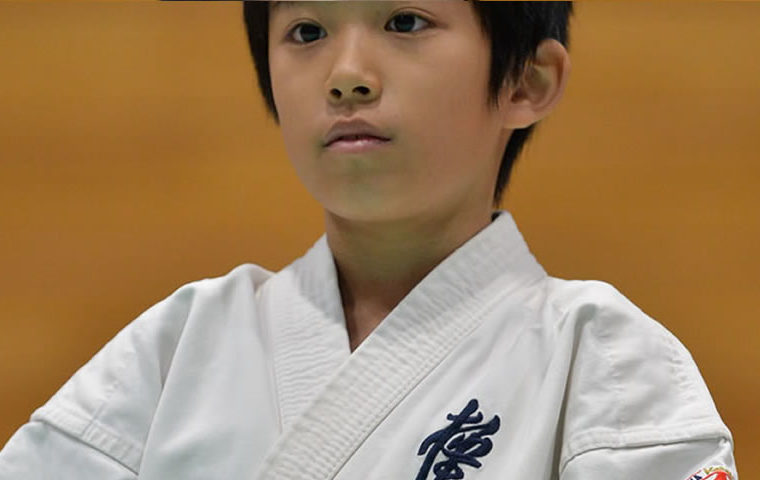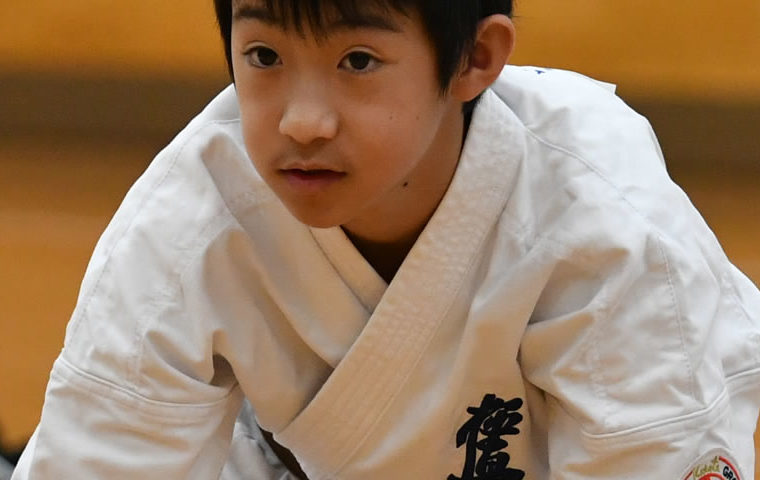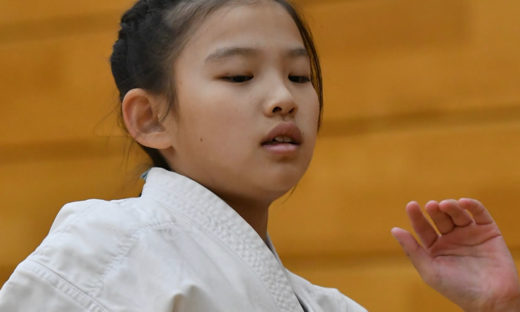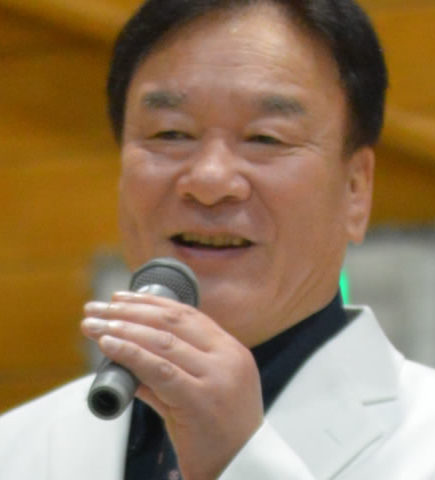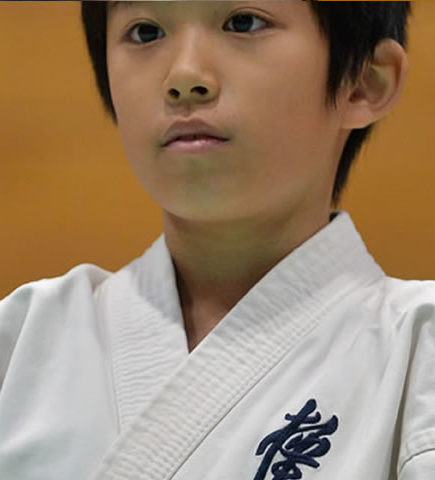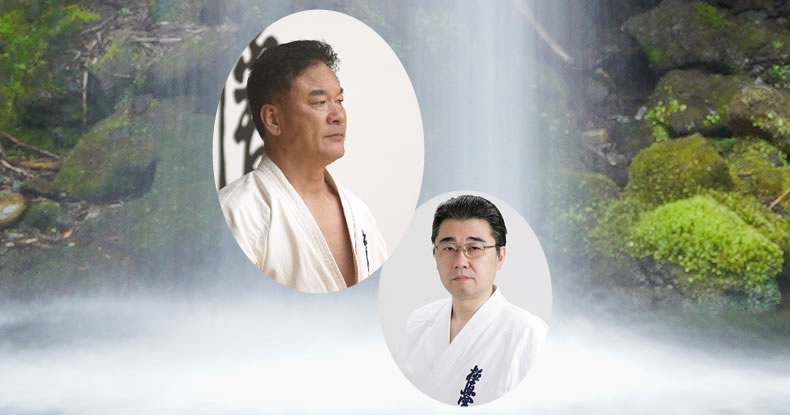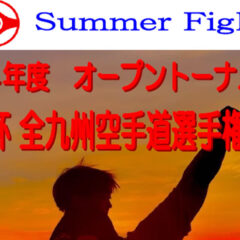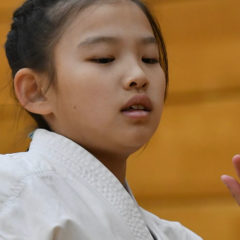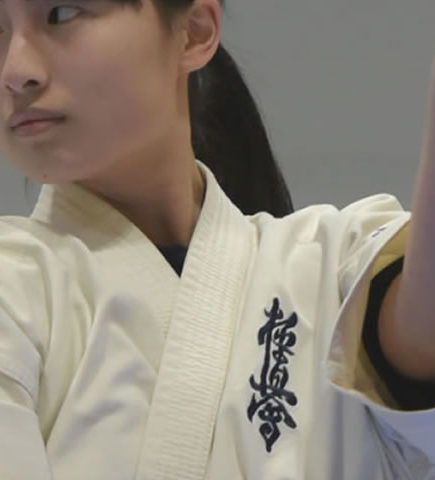Growth through martial arts

Last Updated on 9 June 2020 by Group headquarters office
Table of Contents
Essential education of mind and body
This section describes the fundamental matters of education.
There are many paths to growth, but I believe that 'martial arts' are the best for essential education of mind and body.
In particular, the 'heart' is invisible, so evidence of its growth cannot be taken.
Therefore, even if they think they are stronger or kinder, there is no certainty that this is really the case.
The 'heart' tends to appear when the time comes, but if you are not who you thought you were at the time, it is already too late.
A common misconception in martial arts and sports, including karate, is that by practising hard beyond a certain limit, one's mental capacity will naturally increase.
Rigorous practice and the teaching of formal etiquette will not be enough for spiritual growth.
The aim is to win competitions for glory and physical strength alone, which can be detrimental to the spirit.
優勝できたのは精神的に向上できたからという人も見受けますが、それは栄誉などを得るための執念が強くなっただけかもしれません。
True martial arts have the material to bring this invisible mind into relief and to provide education and guidance.
The most important things are a rich heart = love and a well-honed intellect.
Intelligence refers to sensitivity and reason, not knowledge, concepts or other forms of intelligence.
Modern education is almost entirely devoted to intelligence and technical instruction and is lacking in substance.
The essence of education is to develop the mind and intellect.
Differences between martial arts and combat sports
Martial arts and martial arts are often confused with each other, but I will start with the differences between the two.
Martial arts are centred on the acquisition of skills to defeat opponents within certain competition rules.
In modern martial arts, the rules are relatively undefined in everyday life, and it is important to practise and learn what kind of posture and behaviour is necessary to cooperate with others without losing oneself.
Some of them can be tricky, attacking mentally and physically, using various means such as limbs and mouths, so it is of course necessary to learn how to counteract them.
Learning attacking techniques (karate) is also the first step towards eventually blocking the opponent's attacking techniques (self-defence).
*This is by no means a superiority between the two, but merely a difference in purpose.
Growth through martial arts
The Chinese character for martial arts, bu, is written as "to stop two (human) swords", which is a Chinese character for ending conflict and aiming for harmony. Although the original Chinese etymology of the word is different, I think it is wonderful that the Japanese people interpreted it in this way and passed it on to future generations.
Therefore, the dojo aims to educate people to establish themselves firmly, never shifting responsibility to others or the environment, and to build harmony in all aspects of their lives.
'True heart, beautiful words, correct attitude'.
The body (posture) changes when the mind changes.
If the 'body and mind' change, the 'skills (words and actions)' will change.
○○ "Results" change when "techniques" change.
○○ In other words, if the 'mind' changes, the 'result' will change.
The essence of the unity of mind, technique and body is that everything depends on the state of mind, and the wonderful thing about budo is that it is possible to verify whether this (the state of mind, fundamentals and principles) is correct through the body.
 | Masanori Sugihara, Kyokushin Karate 4-dan Secretary General of Kyokushinkaikan Group Head of Kyokushinkaikan Tokyo Headquarters He has numerous martial arts experiences and also organises learning dojos from the perspective of both the monbusho and the bujutsu (martial arts). He researches youth education through martial arts and regularly publishes the 'Karate News' at local primary schools. He also writes a martial arts column in the economic field. https://budo.tokyo/ |

